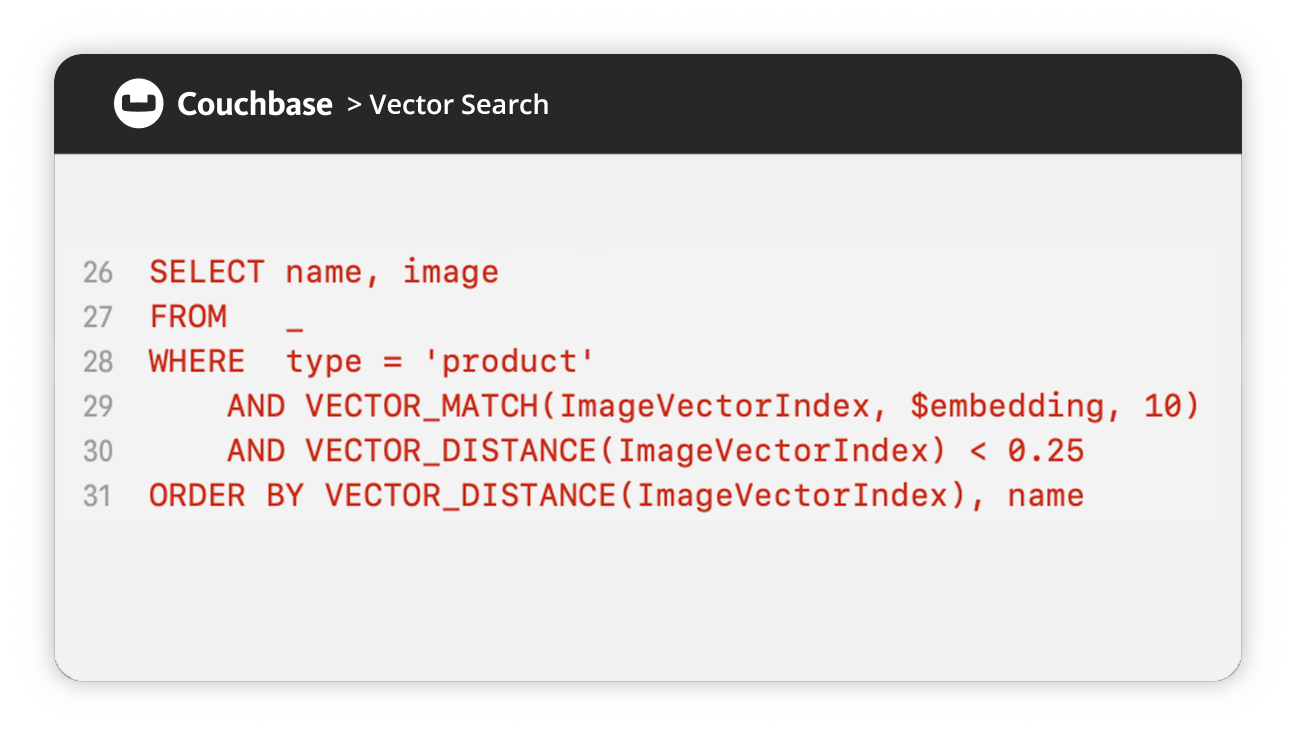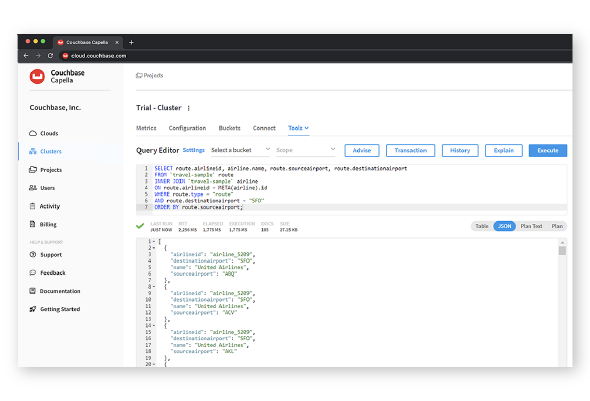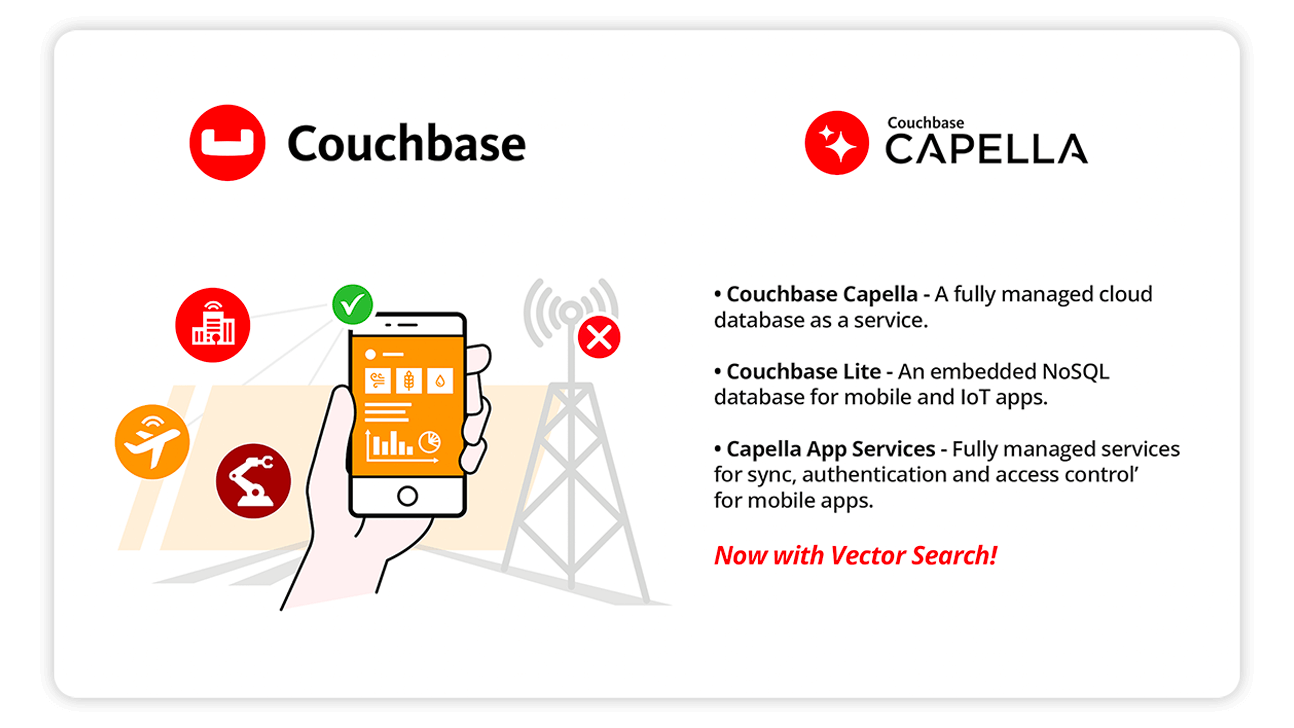This page will cover the following to help you better understand cloud migration:
- Why migrate to the cloud?
- Key benefits of cloud migration
- What types of cloud migration are there?
- What are some challenges you face when migrating to the cloud?
- Database considerations for cloud migration
- Conclusion
The term “cloud migration” refers to moving an organization’s business application infrastructure – including data storage, data processing, and computing resources – from on-premises data centers to the cloud, or from one cloud to another cloud.
Cloud migration is even more complex than moving physical assets from one place to another because there are countless details to consider, many steps, and a specific order of events to follow. To ensure the process goes as smoothly as possible, you need to plan and prepare with meticulous detail.
But the hard work, when approached correctly, brings tremendous value in scale, agility, and flexibility for applications that need to modernize and expand.
Why migrate to the cloud?
We’ve all seen depictions of birds flying in the signature “V” shape when heading south for the winter. When temperatures drop and resources begin to dwindle, birds instinctively migrate to areas with greater resources to increase their chances for survival and long life.
Similarly, cloud migration increases the opportunities for an organization to thrive and grow by moving off of aging, inefficient, unreliable legacy infrastructure that hinders business agility and struggles to meet the demands of modern applications.
The term “legacy” refers to technologies, computer systems, and applications that are outdated yet still in use. Typically, the legacy infrastructure runs on premises (or “on prem”) in a data center on the organization’s property. It includes hardware, networking, software, data processing, and storage.
When these infrastructure components grow old, they challenge an organization’s ability to evolve and compete. Because they are located on-site where resources are finite, they can’t scale sufficiently to meet the demands of modern applications.
By migrating off of legacy infrastructure and onto the cloud, an organization can quickly gain the scale they need to meet growing demand and the elasticity to adjust computing power in proportion to that demand. They also gain efficiency through standardized infrastructure management, all of which adds up to cost savings and a more agile business model.
Key benefits of cloud migration
In addition to the advantages described above, when you migrate to the cloud, you’ll also benefit from the following:
- Scale
Because of its ability to increase or decrease computing resources to meet demand, cloud computing can support more workloads and users much faster and easier than infrastructure that runs on prem.
- Performance
Because of its scale and distributed architecture, the cloud can enable faster applications and improve user experiences. Hosting applications in the cloud reduces latency because data centers can be deployed wherever user concentrations require them.
- Flexibility and standardization
Application users can access cloud-based applications from anywhere, which maximizes convenience and facilitates real-time collaboration. Using a cloud service provider for cloud hosting also provides organizations with a standardized, repeatable environment that’s familiar and easy to maintain.
- Cost savings
When an organization migrates from self-managed on-prem infrastructure to the cloud, they can almost instantly decrease their IT spend because the cloud removes the need to install, maintain, and pay for physical infrastructure. In most cases, cloud service providers handle maintenance tasks such as backups, fixes, and upgrades, which frees up the organization to concentrate on developing their applications.
What types of cloud migration are there?
When it comes to cloud migration, your approach should depend on your goals. An organization must carefully consider its requirements, architectural strategy, and success criteria before choosing their best path forward. To help, Gartner Research outlined five key options for cloud migration:
- Rehost
Rehosting is often referred to as “lift-and-shift.” As the name suggests, rehosting essentially means moving applications “as-is,” re-creating the same application architecture stack you had on prem, but deploying and running it on an Infrastructure-as-a-Service (IaaS) in the cloud.
- Refactor
The refactoring approach allows an organization to retain its existing code, frameworks, and containers, but instead deploy its applications on a Platform-as-a-Service (PaaS) – basically leveraging the cloud provider’s infrastructure stack.
- Revise
The revise approach involves modifying the code base to meet modernization requirements, then deploying it by either rehosting or refactoring.
- Rebuild
The rebuild approach refers to a complete rewrite of an application on a PaaS provider’s infrastructure. This approach takes a lot of effort, but it allows an organization to take full advantage of a modern technology stack.
- Replace
The replace approach is to retire old applications and move to off-the-shelf Software-as-a-Service (SaaS).
The approach an organization chooses to pursue should be based on their goals, timeframe, and available resources and expertise.
What are some challenges you face when migrating to the cloud?
While there are many benefits to migrating to the cloud, there are also some challenges you should be aware of. It’s necessary to have a plan for the following:
A clear cloud migration strategy
Often, in a rush to begin the migration process, an organization overlooks the importance of a clearly defined strategy. A detailed order of tasks is critical and can help navigate the issues that will inevitably occur. Organizations should document the following:
- A clear strategy for execution, including goals and success criteria
- Required resources to conduct the migration effort
- Any potential or likely issues that could arise during migration, plus a mitigation plan
- A validation process to confirm success criteria
Data migration
Moving data from on prem to the cloud may sound easy in concept, but it can be the most time-consuming task in the entire migration process, especially for larger organizations whose data footprint can be enormous.
One method is to move data to the cloud over the internet, either leveraging built-in database utilities for exporting and importing data, or leveraging specialized data transfer solutions built for migrating lots of data. In some cases, there are also cloud provider services to help, such as the ability to load data to a physical hardware appliance and ship it to the cloud provider for loading onto the cloud infrastructure. This option is useful when the data footprint is too large to be moved efficiently using internet options.
Moving to the cloud also presents an opportunity to change the database platform and model (for example, from a relational database to a NoSQL database) for increased performance and flexibility. Of course, a database platform and model change will impact the overall migration effort, so consider your options carefully as you plan your strategy.
Minimizing downtime
When migrating data and systems, an organization should minimize application downtime as much as possible, especially for applications needed to conduct business. Data should also be backed up before any migration step so the environment can be restored to working order as quickly as possible in the event of an issue or failure.
For the most-critical applications – those that absolutely must stay operational – an organization may wish to run them on a temporary backup infrastructure until the cloud migration process is complete. It’s also important to let users know the migration is underway so they can adjust availability expectations accordingly.
Database considerations for cloud migration
Migrating to the cloud can present the perfect opportunity to modernize your database platform and model, especially for those pursuing a replatform or refactor cloud migration. For example, an organization may choose to move from a relational database on prem to a NoSQL database in the cloud for the increased performance and flexibility it can provide their applications.
Migrating from an on-prem relational database to a NoSQL database in the cloud
Relational databases generally suffer from a lack of scalability, and they can be rigid because the data model is fixed and defined by a static schema that limits agility and flexibility. In contrast, NoSQL databases are usually distributed and store data as JSON documents. This makes them much more scalable and flexible, allowing them to quickly evolve data structures to meet the needs of applications.
Because of their disparate models, migrating from a relational database to a NoSQL database takes careful planning. Using a NoSQL database that supports relational constructs (such as schemas and tables), and also supports SQL (the standard query language for relational systems), will significantly reduce the complexity of changing database models.
Learn why many organizations are moving from a relational database to NoSQL.
Couchbase Capella™ is a fully managed NoSQL JSON document Database-as-a-Service (DBaaS) that supports SQL. It also supports relational constructs such as ACID transactions, schemas, and tables via the scopes and collections feature. These capabilities make it easier for an organization to migrate from a relational database to Capella in the cloud and take advantage of a NoSQL database’s superior performance and flexibility.
These resources about migrating from a relational database to Couchbase can help streamline your efforts:
- Moving From Oracle to NoSQL
- Moving From SQL Server to NoSQL
- SQL to NoSQL: Automated Migration
- MOLO17 GlueSync Enables Migration to Couchbase Capella with Bi-Directional Data Replication
Migrating from on-prem NoSQL to cloud NoSQL
Some organizations that are using Capella had previously adopted NoSQL database technology, but moved to Capella for its superior performance, flexibility, and adherence to relational constructs.
Other organizations had adopted Couchbase and were using it on prem, but decided to offload the effort of hosting and managing the database themselves. Moving to Capella gave them a fully hosted and managed Couchbase environment, freeing up IT resources and reducing costs.
This guide provides a detailed step-by-step process for migrating from an on-prem Couchbase Server deployment to Capella.
And to assist with all Capella database migration efforts, Couchbase Professional Services provides a Migration Services packaged engagement designed to ensure success.
Conclusion
Cloud migration is a complex process that should be approached with defined goals, a detailed strategy, and careful planning. Considering all the variables, including the choice of a database built for the cloud, can significantly accelerate the migration effort and guarantee a successful outcome.


